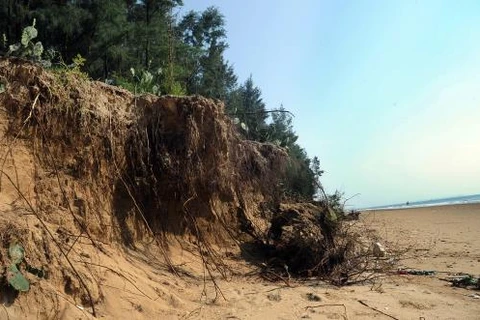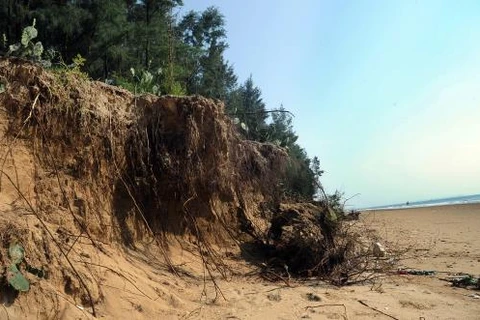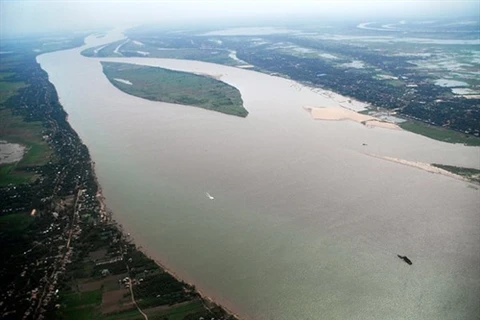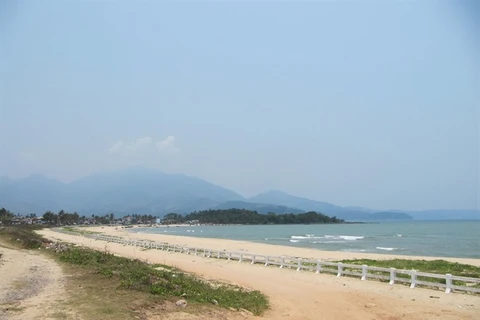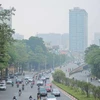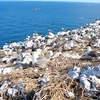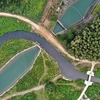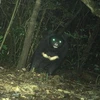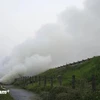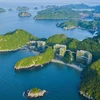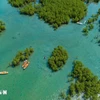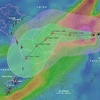Quang Nam (VNA) - Big waves and a rise in sea level have washed away an area of 4,000sq.m of Cua Dai Beach, 5km from Hoi An’s ancient town since last week, after a series of tropical low pressures and heavy downpours hit the central coastal region.
Chairman of the Hoi An People’s Committee Nguyen Van Dung said that despite positive measures to save the beach from erosion, the beautiful beach has gradually been disappearing.
He said a 1,100m Geotube sandbag dyke, positioned under the water 60m off the beach, could not prevent big waves from crashing onto the beach and washing the sand away.
Sea water also overcame a 400m section of underwater sandbags to erode 10m of the beach, threatening coastal resorts and hotels.
“It’s the worst since 2009 when we started positive measures to protect the beach from disappearing. We spent over 80 billion VND (3.6 million USD) to build sea dykes or temporary embankments with bamboo and sandbags, as well as the Geotube sandbag, but it’s still in vain,” said Dung.
“The city has spent another 100 billion VND (4.4 million USD) to build sandbag dykes,” he said.
According to the city’s latest report, a 20-ha area of Cua Dai beach was washed away between 2009-14.
He said the city has urged the central government to allocate emergency funds and effective measures to protect the beach.
Dung said 70,000cu.m of sand and sludge would be dredged from the Cua Dai estuary to fill up the beach and shore up the protective underwater sandbag dyke system following an urgent decision adopted last week at a meeting with the department of irrigation.
Last year, the city and the Agency for Development of France (AFD) agreed to conduct a survey of beach nourishment as a sustainable and effective protection of Cua Dai beach with an investment of 136,000 EUR (327,000 USD), but the money will only be given in 2018 once the survey begins.
An expert from Hoi An City blamed the erosion on the construction of resorts on the beach and the lack of proper environmental assessments before dredging the estuary.
The city has planned an investment of 7.5 billion VND (357,000 USD) to replant 140ha of Nipa palm (a species of palm native to the coastlines) along the Thu Bon River to reduce sand erosion in Cua Dai beach, but the ecological solution has not yet been approved.
French-Vietnamese architect Bui Kien Quoc, who lives in Hoi An, said erosion would hit An Bang Beach, 2km away from Cua Dai, in the next few years.-VNA

